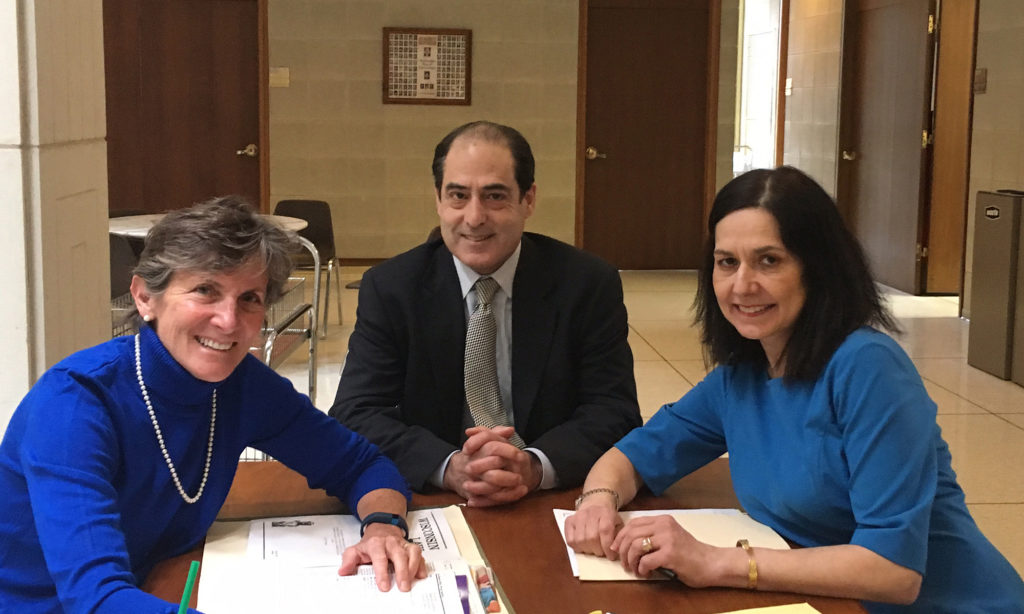Since the Supreme Court's landmark 2015 split decision in Obergefell v Hodges, 576 US 644, in which Justice Kennedy found embedded in the Due Process and Equal Protection Clauses of the 14th Amendment, a right to same-sex marriage, advocates of MAID have believed that eventually the Court would feel obligated to revisit and reverse its twin 1997 holdings in Washington v Glucksberg, 521 US 702 and Vacco v Quill, 521 US 793. Those cases seemed to plunge a dagger in the Right to Die movement. In both cases, a unanimous Court rejected the notion that the 14th Amendment provided any constitutional protection to one's end of life autonomy. And yet...
It was worth keeping in mind that the Court scanning the national (and international) landscape could find not a single jurisdiction (perhaps with the exception of Switzerland's Dignitas) where MAID and/or euthanasia were officially sanctioned. The Court could not help but comment on its earlier 1990 decision in Cruzan v Missouri in which Chief Justice Rehnquist in passing made clear a competent individual has an absolute constitutional right to suspend life-sustaining medical treatment but that a state has a right to demand a higher evidentiary standard of "clear and convincing proof" of an incompetent individual's desire to refuse medical treatment under the Due Process Clause. But for the Court refusing unwanted medical treatment was akin to rejecting battery by a third party; accelerating one's demise by administering a prescribed aid-in-dying drug was, at least at that time in 1997, was a bridge too far.
But let's look now at the landscape, and how things have changed in 23 years: in the US alone, 10 jurisdictions have now officially recognized the legality of MAID, while another 25 States have had legislation introduced. As many as four States seem agonizingly close to enacting legislation. Our neighbors to our North (Canada) and South (Mexico) have now adopted not just MAID but also supervised euthanasia. Across the pond, the BeNeLux countries have since the late 1990s also adopted both self administration of MAID and euthanasia. while another 3-5 European countries, including several traditionally Catholic countries are very close to adoption. Just last week New Zealand announced the overwhelming passage by a 2-1 referendum of MAID and euthanasia.
Contrary to the parade of horrors which MAID opponents promised, the law in the US has worked exactly as intended with not a single case of documented abuse, mistake, or consequential violation of the rigorous strictures of the law. MAID has delivered a desired release to those condemned to die by an underlying disease, and far from targeting the indigent, the vulnerable, the gullible, it has been embraced by highly educated, financially secure, proudly autonomous individuals pursuant to numerous safeguards. And in states which have adopted MAID, end of life care has been enhanced.
All that to say that if ever there seemed an instance where the Court would see the logic of revisiting an earlier case it is the dual cases of Glucksberg and Quill. One has to remember how quickly the nation went from a prohibition in every state of same sex marriage endorsed by the Supreme Court in a 1972 case Baker v Nelson to a complete reversal finding that the same Constitution actually did protect the right to Gay Marriage. Facts on the ground became so overwhelming that the Supreme Court's decision was more of a capitulation to reality than a bold move. And in the case of the Right to Die movement, the facts on the ground are approaching a tipping point.
But with the arrival of a devout practicing Catholic, graduate of and professor at Notre Dame Law School, mentee to the late Justice Scalia, the movement surely has had another roadblock placed in its path. We have always known that Justice Gorsuch views Euthanasia and Assisted Dying with contempt: he even wrote a very critical book in 2006 on the back of two expansive law review articles on point The Future of Assisted Suicide and Euthanasia. And Justice Barrett has made clear her strongly held belief in the value of human life "from conception to natural death." One hardly needs a Rosetta Stone to decipher her meaning. Abortion, capital punishment, murder and euthanasia would all fall afoul of her core values.
+One of the most predictable developments in the life of a Supreme Court Justice is the institutionalization of her analysis. She is first surrounded by fellow Justices who are almost without exception brilliant, illuminated, convincing, charming. Her every word of an opinion, whether a holding or a dissent, is dissected by millions of lawyers, including the entirety of legal academia. She is no longer free to impose her views willy nilly without at least a foundation of logic, precedent, supporting facts. And so a Justice can become something dramatically different from the person first nominated by the President.
This is not to say that Justice Barrett will ever become a cheerleader for Euthanasia or MAID. It is to say that there is also no guarantee she will remain a rock-ribbed opponent.

Edmund Tiryakian
Ed Tiryakian, J.D., MBA, founded Dying Right NC in 2015 and is its Executive Director. He previously worked in international banking in Asia before retiring to his native NC.He believes End of Life issues are one of society’s most pressing challenges as we all live longer and the medicalization of the dying process continues to conflict with the individual’s right to choose his or her end.


